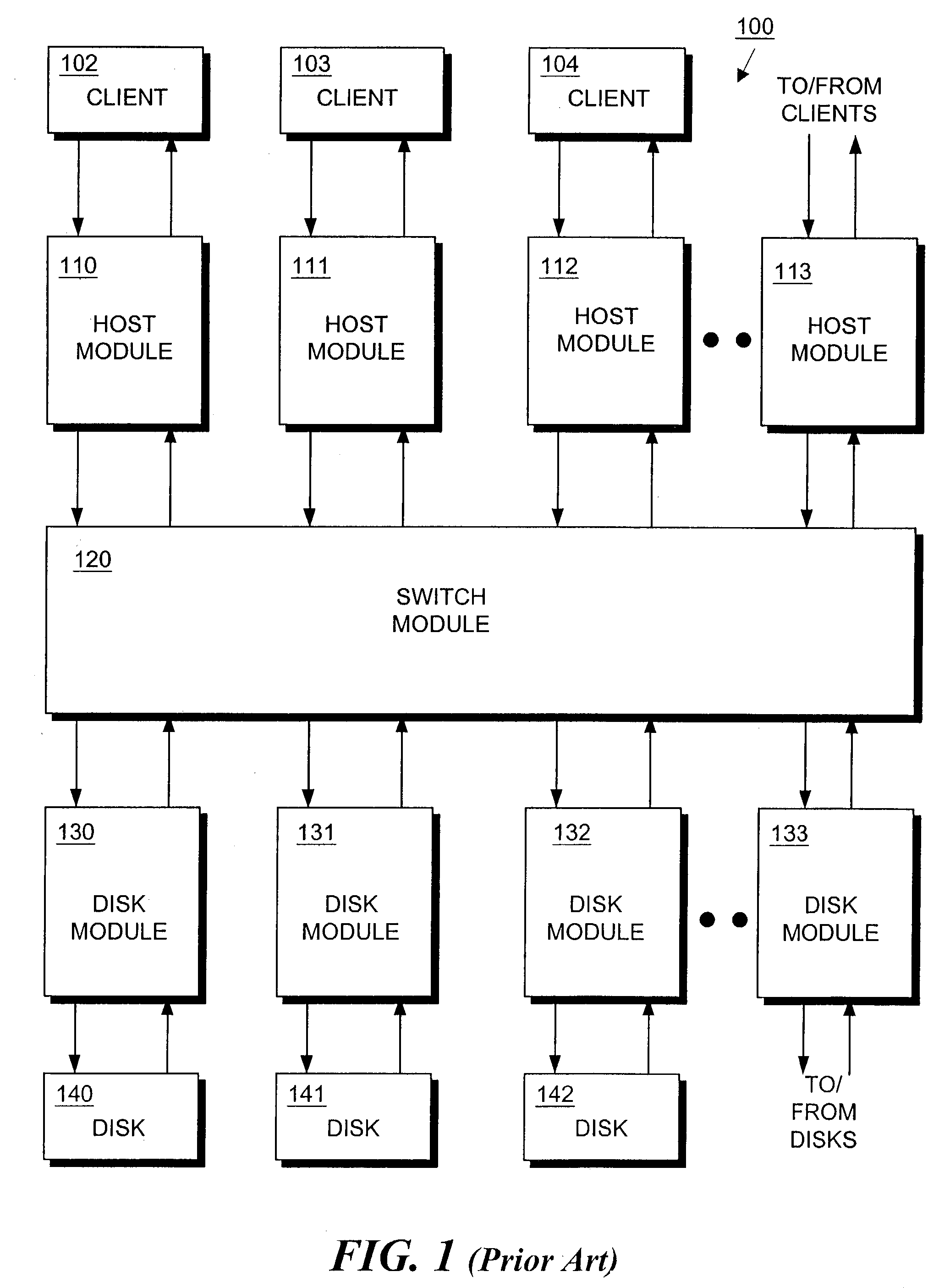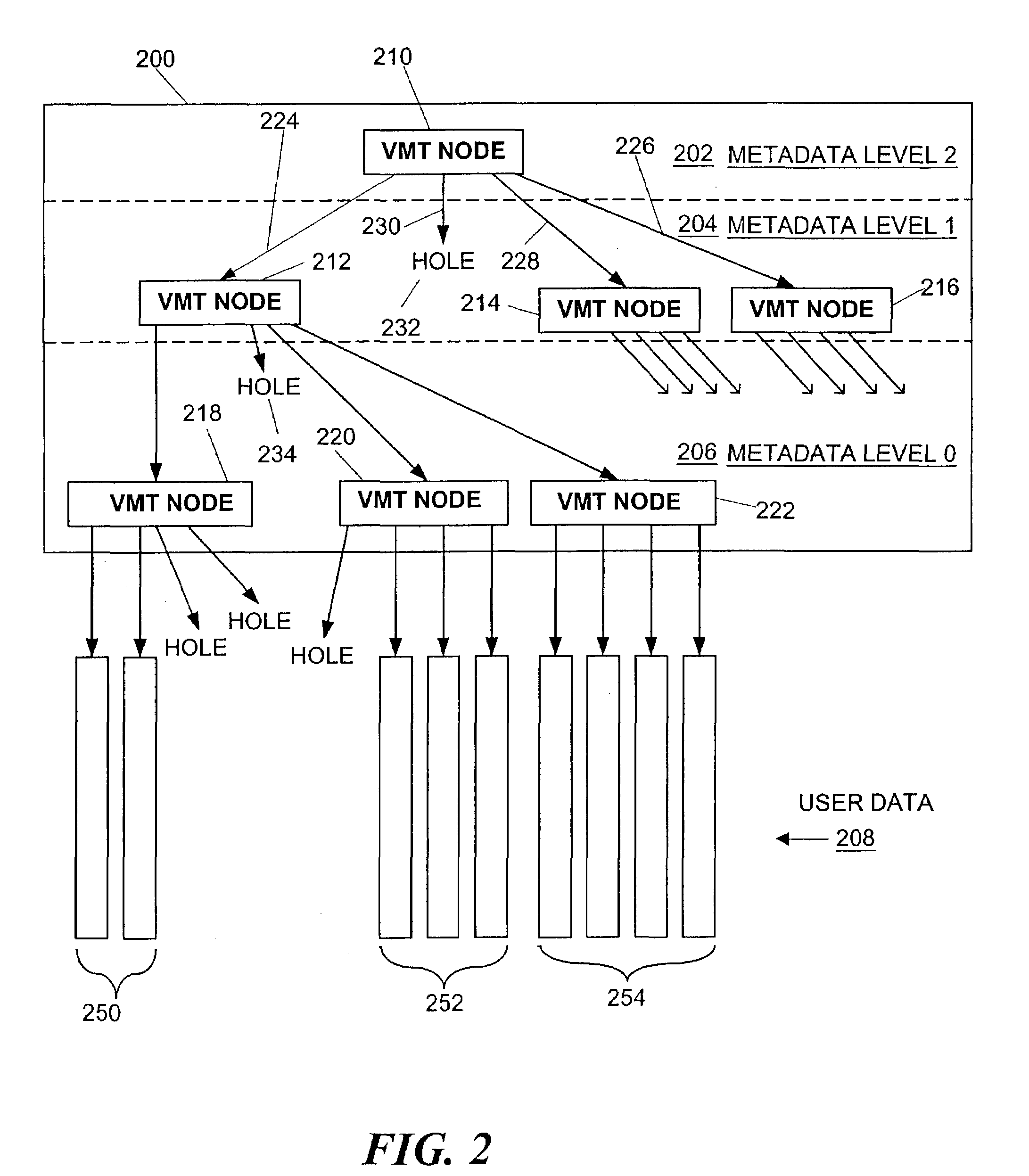Method and apparatus for efficiently copying distributed data files
a technology for distributed data and data files, applied in data processing applications, instruments, computing, etc., can solve problems such as inability to simply delete, and achieve the effect of quick determination
- Summary
- Abstract
- Description
- Claims
- Application Information
AI Technical Summary
Benefits of technology
Problems solved by technology
Method used
Image
Examples
Embodiment Construction
[0041]The description of the inventive copy process in the following discussion will be in terms of data entities called “volumes.” However, the inventive copy process applies equally well to other data entities, such as databases, files, or records. The discussion of volumes should not be considered a limitation of the invention. In this discussion, the term “covolume” refers to one particular copy, or version, of a volume, among many related copies. The term “supervolume” refers to a collection of one or more related covolumes.
[0042]FIG. 1 shows a block schematic diagram of a storage system on which the inventive copy process can be run on volumes. The storage system of FIG. 1 is discussed as an example only and is not to be considered a limitation of the invention. Although the description below may refer to terms commonly used in describing particular computer and storage systems, the described concepts apply equally to other computer and storage systems, including systems havin...
PUM
 Login to View More
Login to View More Abstract
Description
Claims
Application Information
 Login to View More
Login to View More - R&D
- Intellectual Property
- Life Sciences
- Materials
- Tech Scout
- Unparalleled Data Quality
- Higher Quality Content
- 60% Fewer Hallucinations
Browse by: Latest US Patents, China's latest patents, Technical Efficacy Thesaurus, Application Domain, Technology Topic, Popular Technical Reports.
© 2025 PatSnap. All rights reserved.Legal|Privacy policy|Modern Slavery Act Transparency Statement|Sitemap|About US| Contact US: help@patsnap.com



